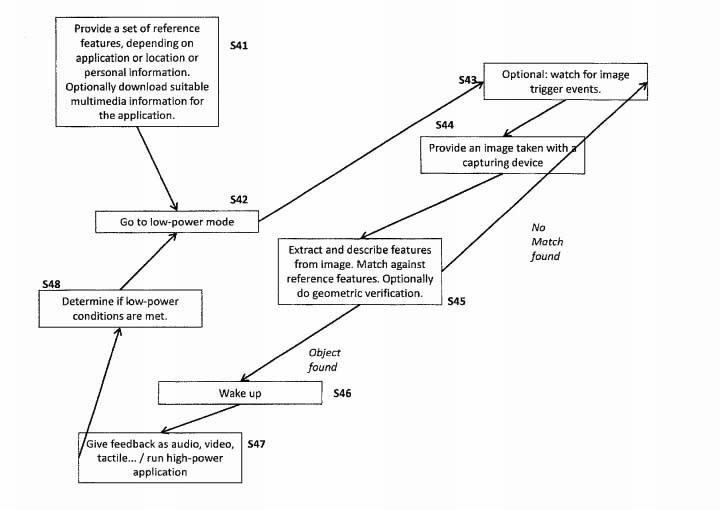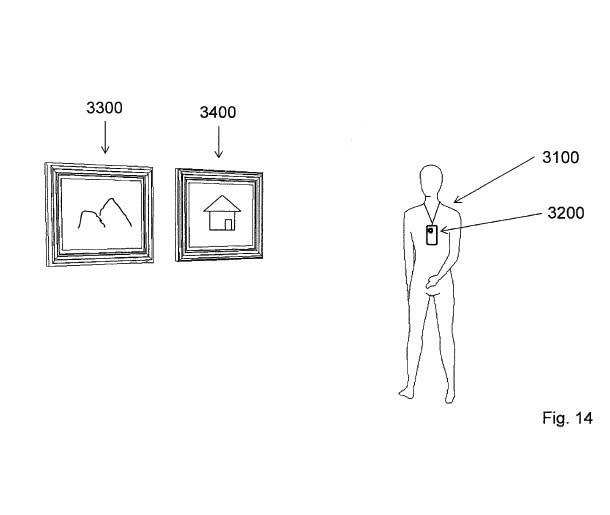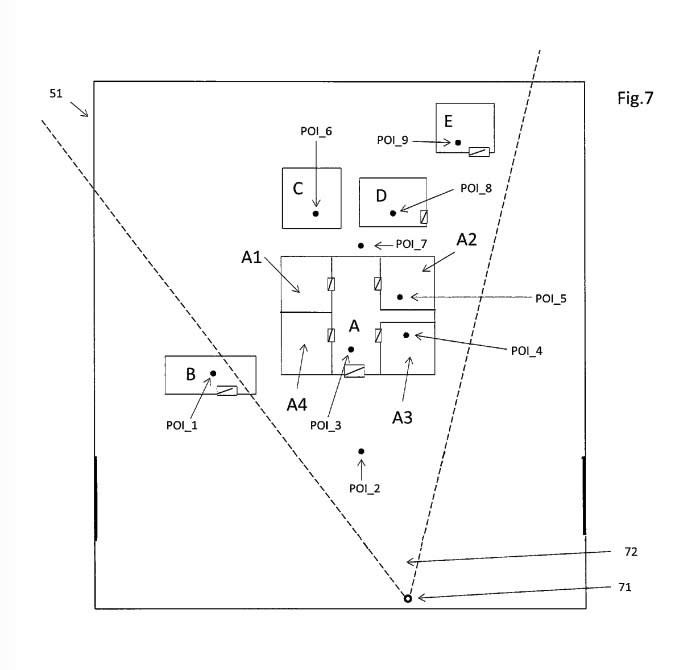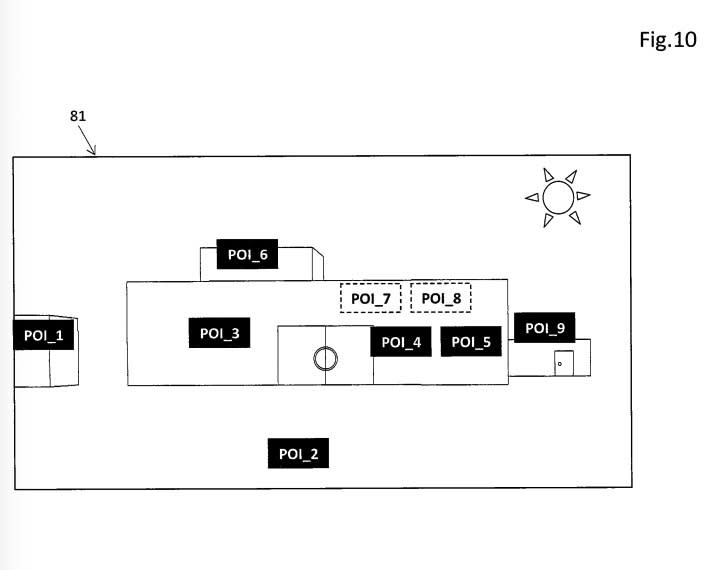The iPhone 7 Plus dual camera system could be a lot more than cute dog photos

Apple’s Tim Cook often hinted that augmented reality (AR) is of great significance for the company, yet there’s no AR product from Apple. We have no AR hardware or software out of Cupertino at this time, but a new report indicates that the iPhone 7 Plus might be the precursor of Apple’s AR-things-to-come.
Don't Miss: Watch a Tesla Model S P100D set a new world record for a quarter-mile run
First seen by Apple Insider, Apple’s new AR patents aren’t its own creation. Patents No. 9,560,273 and 9,558,581 were originally filed by German AR startup Metaio, a company that Apple quietly acquired back in 2015. The patents were then awarded to Apple on Tuesday.

Patent ‘273, titled Wearable information system having at least one camera, describes a device that would use cameras to detect the objects surrounding a user and then project AR content on a display or head-mounted display. It could even provide audio guides in a point of interest like a museum, without the user having to fidget with the device.

The patent describes technology that would allow a battery-powered device like a smartphone efficiently perform the heavy-lifting required to detect objects. The key element in the patent is that Apple is looking at an energy-efficient way to perform object recognition processes, which usually require plenty of power. That’s obviously a problem for a mobile device that has to rely on its battery to function.
The device would take inputs from the camera and other onboard monitors to recognize objects. The patent expressly mentions depth images that require two cameras, like the setup found on the iPhone 7 Plus.
Patent ‘581, Method for representing virtual information in a real environment focuses more on the augmented part of AR user interfaces. The patent describes ways of projecting digital content over a real-world object in such a way that it does not obstruct the object from view.

The system would also use depth-sensing and position data (about the user relative to points of interest) to come up with the best way to display information on a screen without blocking the point of interest. The system would also use a two-camera system that could create depth maps of the user’s environment.

As always with patents, there’s nothing to guarantee that next-gen Apple products would incorporate technology that would deliver mobile AR experiences to the user. However, it’s more than clear that AR will be a big part of Apple’s future, iPhone included, and that most iPhones will likely come with dual camera setups to be able to deliver some of these AR-related features.

Apple, of course, is not the only one exploring AR with the help of dual camera smartphones. Google’s Project Tango does the same thing on Android.
Trending right now:

